Skin Shade Night Day (2022)
A 4 channel video, 12 channel audio installation with shadecloth
Жанр :
Время выполнения : 45М
Директор : Allison Chhorn
Краткое содержание
Skin Shade Night Day explores the daily routine and rituals practised by the artist’s Cambodian-Australian family, which are reperformed and documented through a process of embodied empathy. Acts of service, such as gardening and cooking, play out as echoes from the past across a sound and image installation displayed in a shadehouse. Spectres, shadows and aural textures conjure up impressions of a place that remembers how its inhabitants once lived.
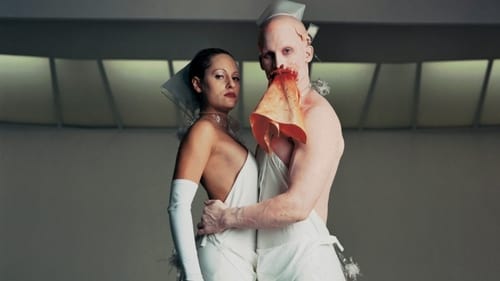
CREMASTER 3 (2002) is set in New York City and narrates the construction of the Chrysler Building, which is in itself a character - host to inner, antagonistic forces at play for access to the process of (spiritual) transcendence. These factions find form in the struggle between Hiram Abiff or the Architect ...
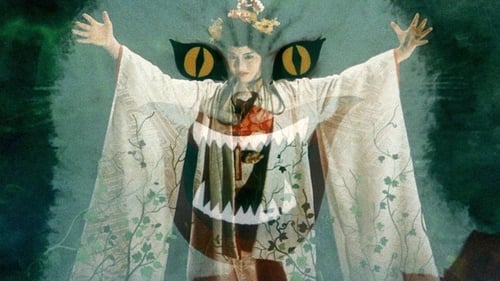
Семеро школьниц отправляются навестить тётю одной из них. Но они и не подозревают, что Дом — это демон, пожирающий девственниц.

In Manhattan's Central Park, a film crew directed by William Greaves is shooting a screen test with various pairs of actors. It's a confrontation between a couple: he demands to know what's wrong, she challenges his sexual orientation. Cameras shoot the exchange, and another camera records Greaves and his crew. Sometimes we watch the crew discussing this scene, its language, and the process of making a movie. Is there such a thing as natural language? Are all things related to sex? The camera records distractions - a woman rides horseback past them; a garrulous homeless vet who sleeps in the park chats them up. What's the nature of making a movie?
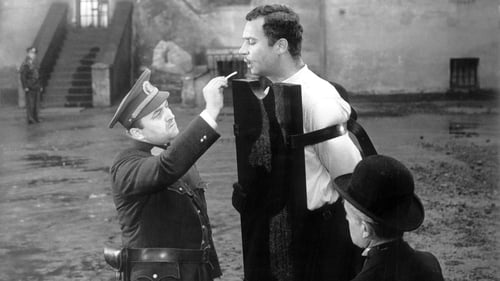
A dark comedy about a murder and its consequences presented in a backwards manner, where death is actually a rebirth. The film starts with an "execution" of the main protagonist and goes back to explore his previous actions and motivations.
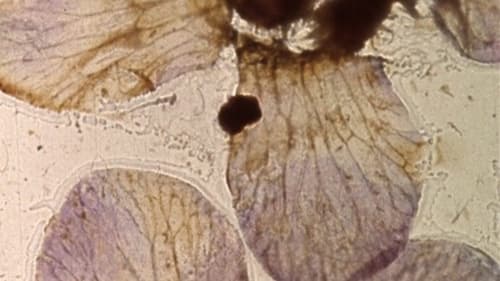
Seemingly at random, the wings and other bits of moths and insects move rapidly across the screen. Most are brown or sepia; up close, we can see patterns within wings, similar to the veins in a leaf. Sometimes the images look like paper cutouts, like Matisse. Green objects occasionally appear. Most wings are translucent. The technique makes them appear to be stuck directly to the film.

Kinoautomat was the world's first interactive movie, conceived by Radúz Činčera for the Czechoslovak Pavilion at Expo '67 in Montreal. At nine points during the film the action stops, and a moderator appears on stage to ask the audience to choose between two scenes; following an audience vote, the chosen scene is played.

В некоем Доме-музее работает сторожем странный молодой человек. Однажды ночью в ванной он встречает другого странного человека, похожего на некоего известного писателя. Тот самозабвенно моется, на требование паренька покинуть помещение госучреждение отвечает нечленораздельным бормотанием…

Takashi Makino’s source of inspiration, our place in the world and the universe, never seems to dry up in view of the never-ending flow of immersive films. Generator may well be the earthiest of his films so far, made as a reaction to the Fukushima disaster. A reality check, but in the world that Makino shows, this can never be achieved without looking inwards too.

An essay around the streets, as an homage to Fernando Pessoa

Experimental filmmaker Rubén Gámez explores the iconography of the maguey plant in Mexican cinematic history.

Odds & Ends is a sly comment on the collage film and Beat culture. To discarded travel and advertising footage found at a local film laboratory, Belson Shimane added a mélange of animation—assemblages, cutouts, color fields, and line drawings—and faux hipster narration by Jacobs (credited via the anagram Rheny Bojacs) punctuated by a bongo backing. Strung together with doublespeak and non sequiturs, the monologue skirts the edge of nonsense as Jacobs waxes on about poetry, jazz, “reaching the public,” “having a good time,” and—although “money doesn’t count”—the “possibility of subsidy” through grants. Footage of champagne, tropical beaches, and exotic peoples intermingle with rhythmic drawings and stop-motion flights of fancy. The visuals race on through dazzling transformations, both amplifying and undercutting the patter. —National Film Preservation Foundation

Polish avant-garde animation in which a periodic series of aggressive starbursts interrupt the melodic dancing of fluid shapes, one raid even freezing the image for a moment.

For this film, Takashi Makino allowed himself to be inspired by the earth. In a never-ending stream of images, we recognize elements from the forest that he then reduces to an abstraction. The film came about as a classical composition in which the picture and the musical contribution of Jim O’Rourke link up seamlessly and lead the mood in turn. A sense of freedom is what predominates.

Cut up animation and collage technique by Harry Smith synchronized to the jazz of Thelonious Monk's Mysterioso.
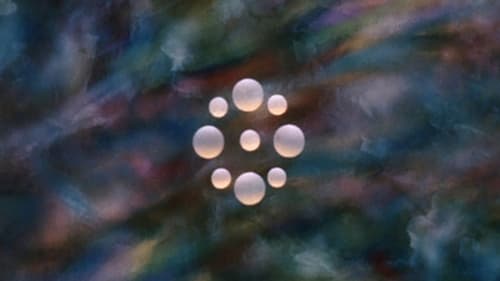
This animated short is a play on motion set against a background of multi-hued sky. Spheres of translucent pearl float weightlessly in the unlimited panorama of the sky, grouping, regrouping or colliding like the stylized burst of some atomic chain reaction. The dance is set to the musical cadences of Bach, played by pianist Glenn Gould.

Animator Ryan Larkin does a visual improvisation to music performed by a popular group presented as sidewalk entertainers. His take-off point is the music, but his own beat is more boisterous than that of the musicians. The illustrations range from convoluted abstractions to caricatures of familiar rituals. Without words.

First film by Julio Bressane shot in exile, "Memoirs" is a film about a man who repeatedly kills the same type of woman in same places, the same way. Filmed on the streets of London.

A film by Paul Clipson.

16mm color work by Stan Vanderbeek that takes his work away from the cutups and the commentary and lands him in the psychedelic and abstract. Opticals, repetitions, camera moves and zooms are what make up the bulk of this exploration into fluids. The results bridge that realm between hangout art piece and intersteller stoner trip.

Burr creates a slow, liminal illusion in black-and-white, switching perspectives and matrices and crescendo-ing in time with Christopher Doulgeris’ portentously pulsating soundtrack.














